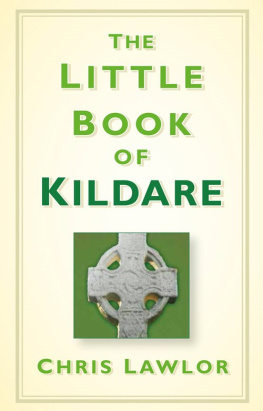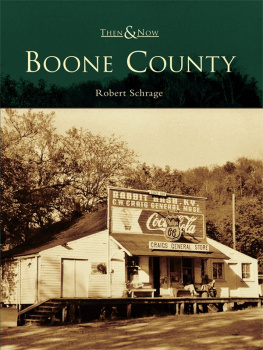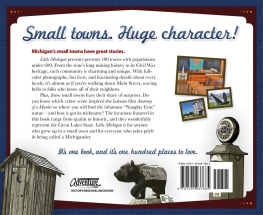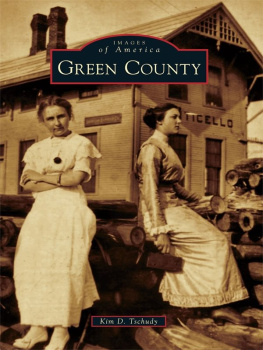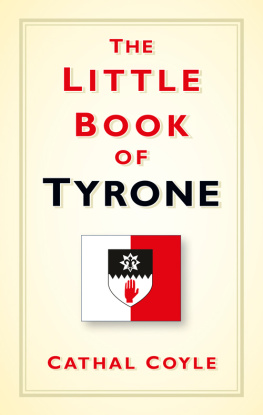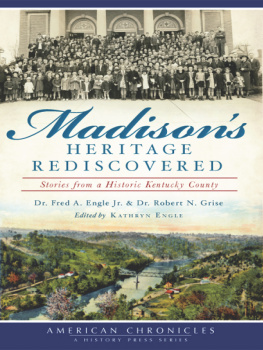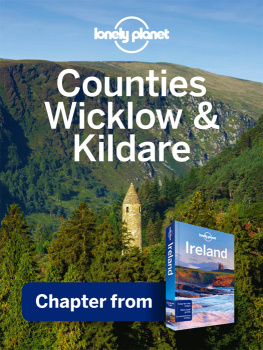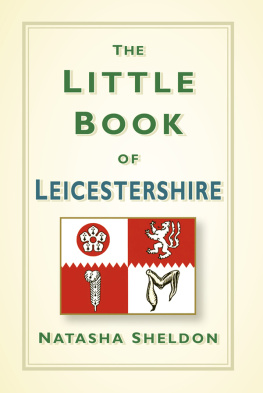
For my godchildren, Ann Marie
Mooney and Niall Cummins,
both from Kildare.
CONTENTS

The towns of County Kildare.
Kildare, a medium-sized Irish inland county, is unique, scenic and historic. Much of the east of the county is covered in glacial boulder clay soils, while the west is composed of peaty soils and contains part of the great Bog of Allen. The bogs were created by decaying ancient vegetation and they form a vital natural resource and a very important wildlife habitat. Kildare has a folk museum and bog interpretative centre at Lullymore.
Kildares highest point is at Cupidstown Hill near Kilteel, but the county is generally flat. The most famous hill in the west of the county is the Hill of Allen, which commands a breathtaking view over the surrounding landscape. The plains of Kildare provide rich agricultural land, but the best-known plain in the county is the Curragh. This is a large undulating glacial outwash plain and, though dotted with freely wandering sheep, it is better known for its association with horse racing, an activity with which the county is synonymous. All parts of County Kildare provide attractive walking and cycling routes, and both are popular pastimes for many inhabitants and visitors.
While the natural beauty of Kildare attracts many visitors, the countys heritage is also a significant factor for many tourists. Historic sites such as Moone High Cross, Castletown House and Maynooth College abound throughout the county. This book takes a look at some aspects of Kildares colourful history. It focuses both on what happened in the county and on the exploits of some of Kildares sons and daughters, many of whom excelled and were influential in various fields of human endeavour. Hard-nosed industrialists, sentimental poets, Unionists and Republicans all feature in these pages. The stories included in this book range from the lives of lords to the deaths of rebels. From saintly nuns to bloody battles, County Kildare has seen it all over the centuries. Kildare people have made history in many different fields and The Little Book of Kildare tries to capture some of that astonishing history. I am indebted to Mario Corrigan of the local studies section of Kildare County Library, Newbridge, for the illustrations used in the text. I hope you enjoy delving into the past of fascinating Kildare!
Chris Lawlor, 2015
County Kildare has a long and proud monastic tradition, dating back to the fifth century, when St Palladius founded a church at Cilln Cormac near Kilcullen.
ST PALLADIUS
Very little is known about Palladius. He was born in Britain, probably around AD 400. The Palladii were among the noblest families of France and several of them held high rank about this time in the Gallic Church. Their move from Gaul to Britain probably occurred under Julius the Apostate, when there was a Palladius holding prominent rank in the army of Gaul, who, for his fearless profession of the Christian faith, was exiled to Britain. It is reasonable to assume that a descendent of this Palladius and a member of such a privileged Gallic-British family would attain the position of Deacon of Rome, would take much interest in the Church in Britain, and, would by his familiarity with the Celtic languages, be a natural choice to undertake the mission of becoming the first bishop of the Irish people.
Palladius became a deacon of the Church. He was already a deacon of St Germanus of Auxerre, but it is more probable that he attained the higher rank of Deacon of Rome. Palladius evidently had significant influence in Rome, as he would soon become a bishop. Prospers Chronicle uses the word diaconus [which invariably refers to the deacons of Rome] to denote Palladius, and the Book of Armagh expressly styles Palladius archdeacon of Pope Celestine, bishop of the city of Rome.
The year AD 431 was a significant one for Palladius, as he was ordained as a bishop by Pope Celestine. Bishop Palladius was sent to the edge of the known world the island of Ireland. According to Prospers Chronicle in AD 431: In the consulship of Bassus and Antiocus [431] Palladius was consecrated by Pope Celestine and sent to the Irish believing in Christ, as their first bishop.
The Annals of Ulster also state that: To the Irish believing in Christ, Palladius ordained by Pope Celestine, was sent as their first bishop.
The wording of these sources is significant, as it confirms that there were some Irish Christians who pre-dated St Patrick. Despite the fact that the Romans had never conquered Ireland, there was a flourishing trade between some of the Roman provinces, such as Gaul, and Ireland. Contacts with Britain were even closer, and as early as the fourth century, Britain was a Christian country with an advanced ecclesiastical organisation. Commerce and Christianity probably passed back and forth between Ireland and the continent, and Christianity infiltrated and penetrated slowly. Moreover, the lives of some of the Irish saints, such as Ciarn of Saigir and Declan of Ardmore, indicate that they pre-dated St Patrick. Despite this, some pockets of Christianity were established in Ireland long before the 430s. In AD 431, Palladius and some clerical companions set out for Ireland, in search of one of these pockets of Christianity. They landed in County Wicklow, where Palladius and his followers established two churches, before crossing into County Kildare.
The third church that St Palladius founded was called Cill Fine . The name means the church of the septs and this site has been identified as the old burial place of Cilln Cormac, located at Colbinstown, near Kilcullen. The site was significant, as it was a pre-existing cemetery and probably already used for religious ritual. Cilln Cormac was known to be the burial place of Cormac Mac Art, who is reputed to have been high king of Ireland from AD 254 to 277. Legend has it that Cormac died in battle and his body was placed on a cart drawn by two oxen. The king would be buried wherever the oxen stopped and they stopped at Cilln Cormac. The myth goes that the kings men had taken his faithful hound away and placed him in a kennel in County Kildare. Different versions of the story place the kennel in Punchestown, on the Hill of Allen and at Cnoc a Dubh. Anyhow, during the burial, the anxious hound broke free and with a gigantic leap he descended onto the kings headstone, leaving the imprint of his paw, which can be seen to this day.
Palladius chose this important pagan burial place as the site of his third church, and the symbolism is that of the Christian religion supplanting the older pagan traditions. The very name of the place indicates its Christianisation, as the pagan Cormac now rests in the Christian burial place, the Cilln, or little churchyard. Today, the site contains both pre-Christian and Christian headstones. Among the headstones of interest is an ogham (a type of ancient carved Irish writing) stone, another with a carving of a monk and the aforementioned dogs paw stone marking the grave of Cormac Mac Art.
While Palladius was at work in County Kildare, St Patrick arrived on Irish shores in AD 432. Where Palladiuss mission ran into problems, Patricks met with success and he has become recognised as the man who converted Ireland to Christianity and as the patron saint of Ireland. The seventh-century Life of St Patrick by Muircu Maccumachthenus in the Book of Armagh actually refers to the failure of Palladius mission: Palladius was ordained and sent to convert this land lying under wintry cold, but God hindered him, for no man can receive anything from earth unless it be given to him from heaven; and those fierce and cruel men did not receive his doctrine readily.
Next page
